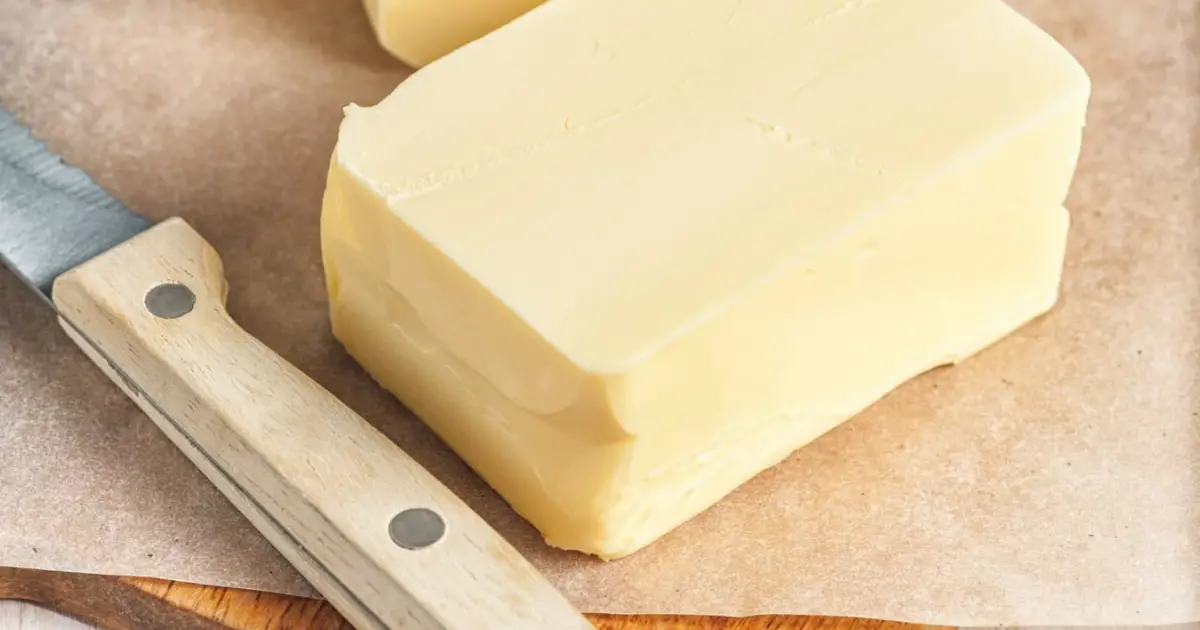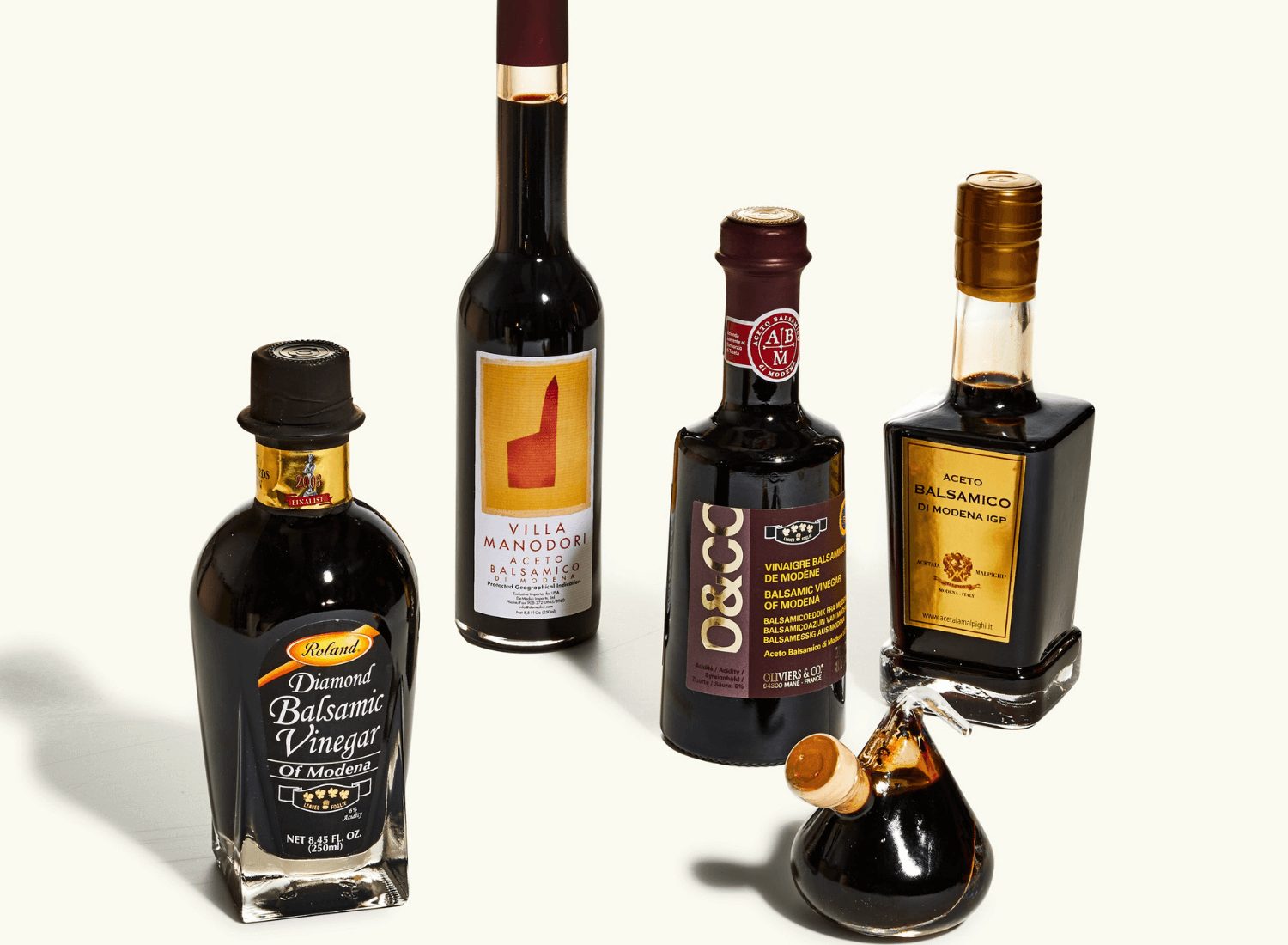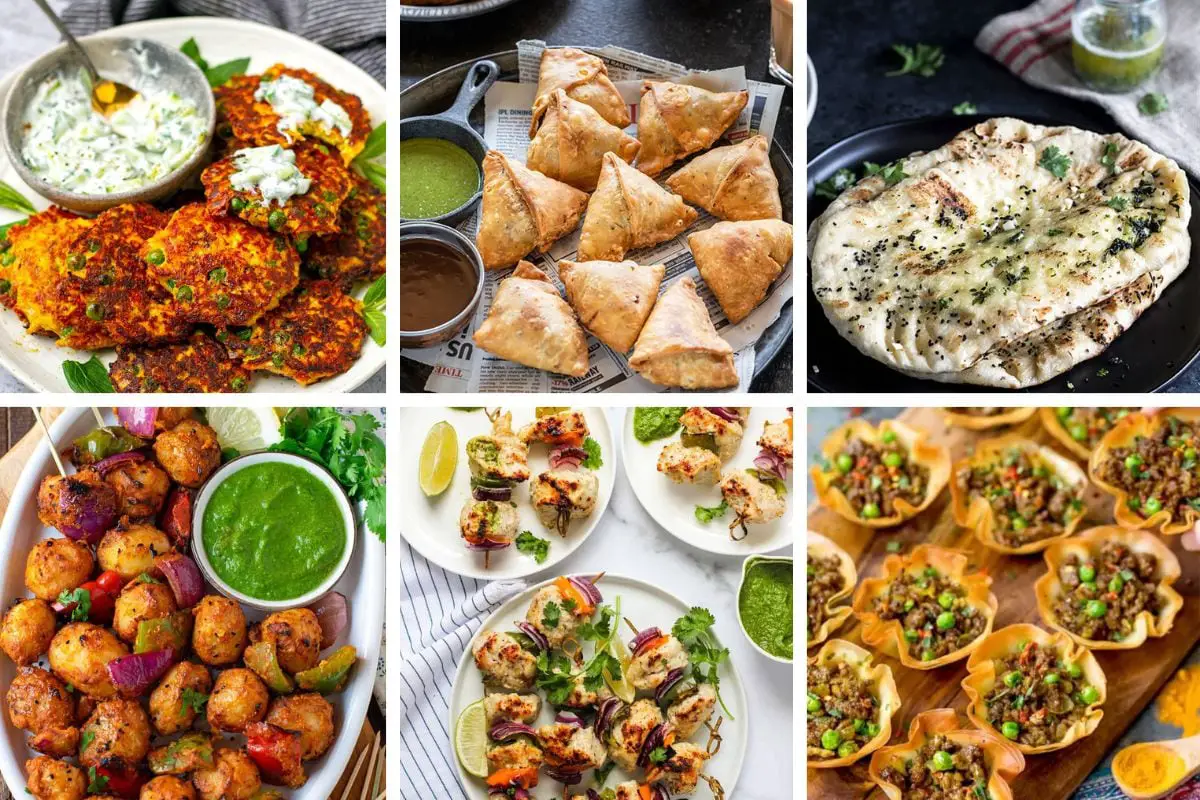From using it on toast and bread in the morning for breakfast to using it on literally anything like Maggi, pancakes, waffles etc. 20 liters of whole milk is used to make 1 kg of butter and contains vitamins A and D and some amount of calcium. It is unknown when butter was developed first, but in the 19th century the making of butter went from farms to factories, and it was after World War 2 that it became widely famous and ended being the most enjoyable dairy product. Butter is now manufactured widely in local farms by hands and also in huge factories involving big machinery.
One of the most used and preferred dairy products in the world is butter which is consumed by almost everyone. The texture and consistency of butter is top-notch, which adds to consumers’ dining experience and smoothens their taste buds. Butter contains 715 calories per 100 grams, which makes it a more efficient and good-quality product. In India, butter is quite commonly used with everything the Indians like. Often, butter is made from cow’s milk, but it can also be made of the milk of other mammals like sheep, goats, bison, and yaks. Many people use butter in their food instead of oil. Butter has a melting point of about 45 degrees Celsius. Now, there is a good variety of butter which is taken into consideration and then used differently by different groups of people. Some of the varieties are:-
10 Types of Butter You Didn’t Know
1. SPREADABLE BUTTER
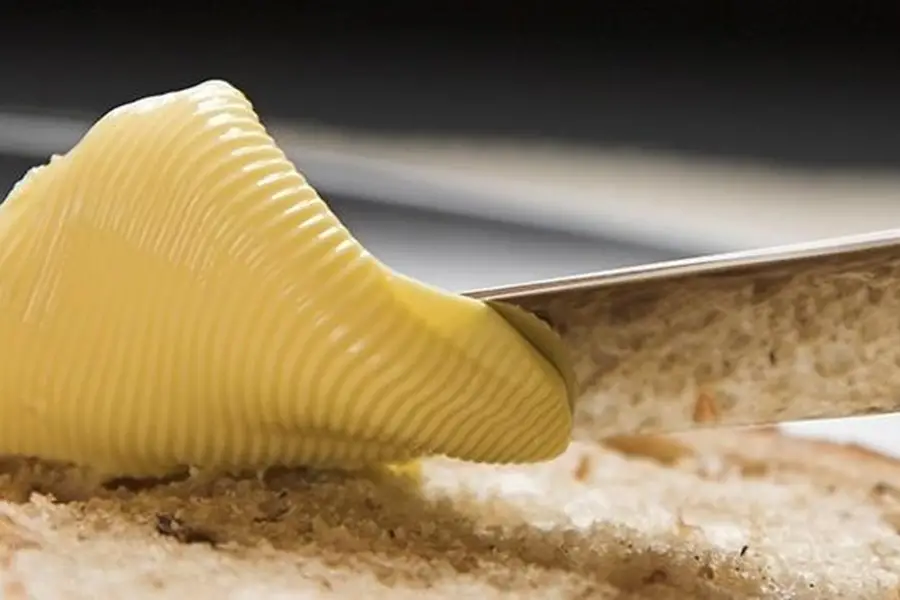
This type of butter is a combination of regular plain butter and vegetable oil. Sometimes, this type of butter comes with other flavorings and fillers. Unlike other types of butter, this one maintains a soft texture even if refrigerated. This cannot be used for cooking or baking.
2. PLANT BASED BUTTER
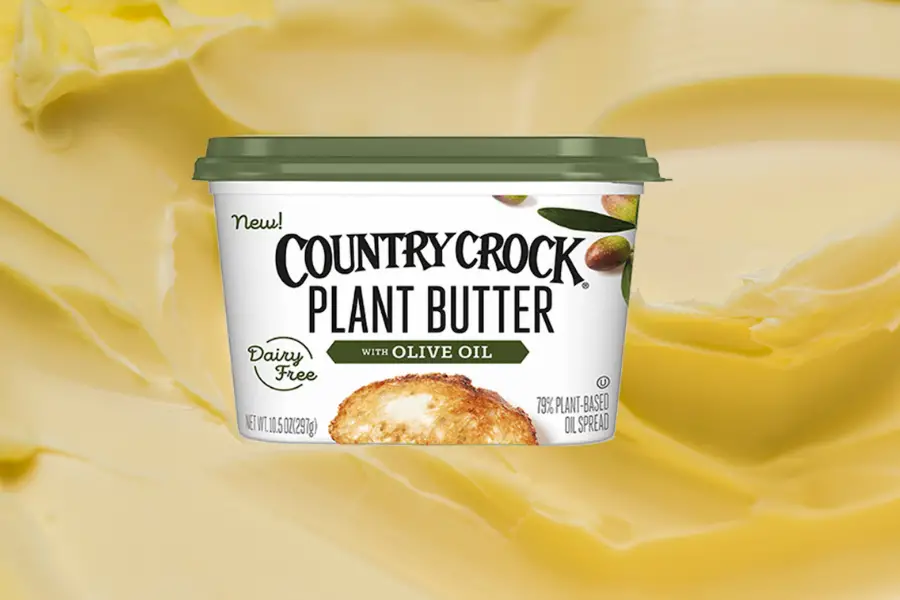
This type of butters are made with avocado, almond or olive oil, which have the exact same taste as normal butter and are basically consumed by those with dairy allergies or anyone practicing a vegan diet. These can be found in both tubes and sticks, so it’s easy to bake and cook as well as spread on toast, bagel or bread.
3. EUROPEAN STYLE BUTTER
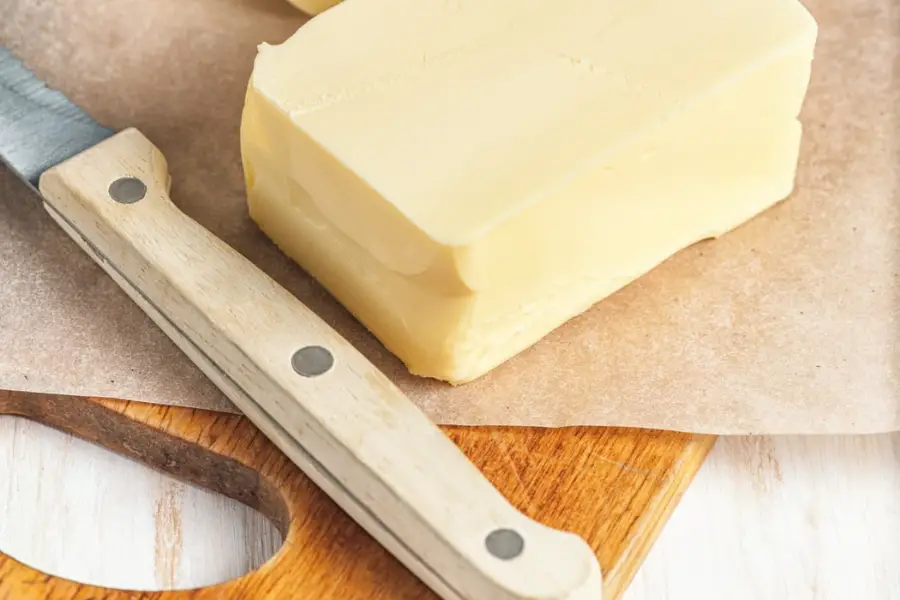
This type of butter can be used for any type of cooking practice. This butter has less moisture than standard butter, and so it produces extra flaky pastries and fluffy cakes. It has a slight tang because it is made with fermented milk, milk, which is also called cultured cream. This butter goes with French croissants which are, hands down, one of the best croissants in the world.
4. ORGANIC BUTTER
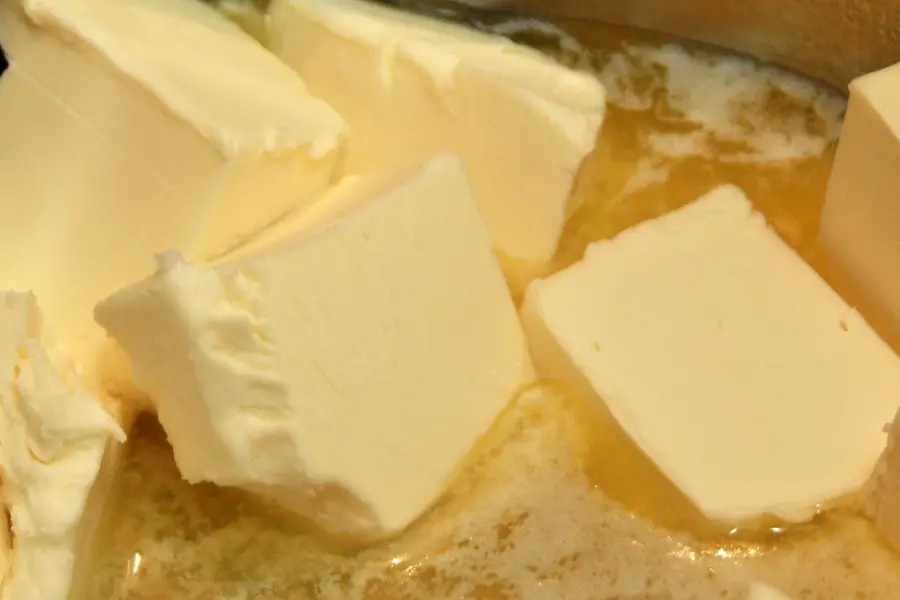
Organic butter is available unsalted and salted and can be used like conventional butter. Butter that is labeled as organic is from cows that must be given access to at least 120 days of pasture grass or 30% dry grass feed. This butter is a good source of vitamin A and also has a higher proportion of healthy, unsaturated fats. This is also good for bones and the health of the heart.
5. CLARIFIED BUTTER

Butter is an emulsion made from fat water and milk solids. When we heat butter slowly, then we will notice that it starts to separate into three different components: wild milk solids, form and bright yellow clarified butter fat.
6. SALTED BUTTER
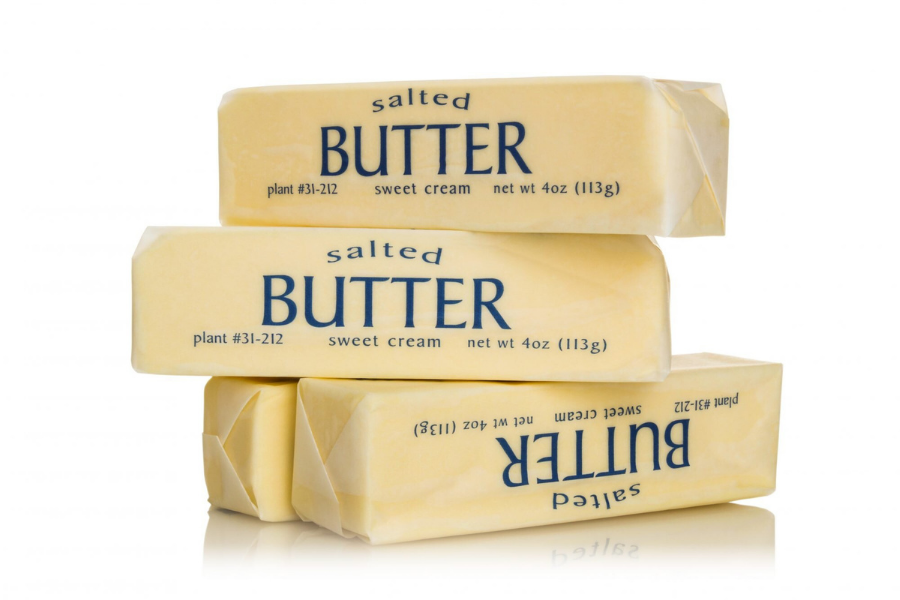
This is like the original butter but with a twist of salt. Many people prefer its consumption with bread, toast, veggies and pasta. This should be used very carefully because many recipes cannot be done with the salted butter, they need the unsalted one. The salt in this salted butter acts as a preservative and prolongs the life of the butter. Salted butter should never be used for baking.
7. UNSALTED BUTTER

The other name for this versatile type of butter is sweet cream butter. This can be used in every cooking job from baking to sautéing. This is made from only milk or only cream, but sometimes it can be made from both. This contains 80% milk fat. This contains no added salt. Unsalted butter can be considered the purest form of butter. This butter has a short lifespan compared to salted butter.
8. WHIPPED BUTTER

Not recommended for baking and cooking, this is simply regular butter that has air beaten into it in order to increase the volume. This butter is very easy to be spread onto anything and is also used for topping.
9. LIGHT BUTTER
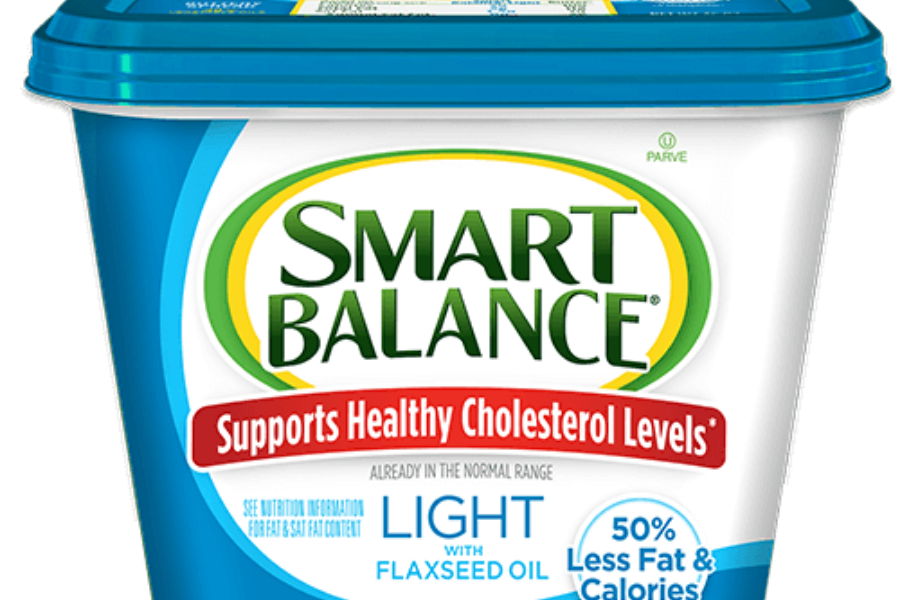
Light butter is made from pasteurized milk and almost always made industrially. Light butter is a term used for that kind of butter with less butterfat content compared to normal butter. To take this in use for cooking, this type of butter can gently be heated. This butter cannot be used in baking. This can be used to spread on bread and tasty muffins. Light butter has half the calories, saturated fat and cholesterol as compared to normal butter.
10. BROWNED BUTTER

The process of heating melted butter even further to toast milk solids is known as browned butter. The taste of this butter is caramel and nutty. This brown-colored butter tastes ultimate with baked goods because the butter deepens the flavor profile of the dishes. It can also be taken in use after it is cooled and refrigerated.
